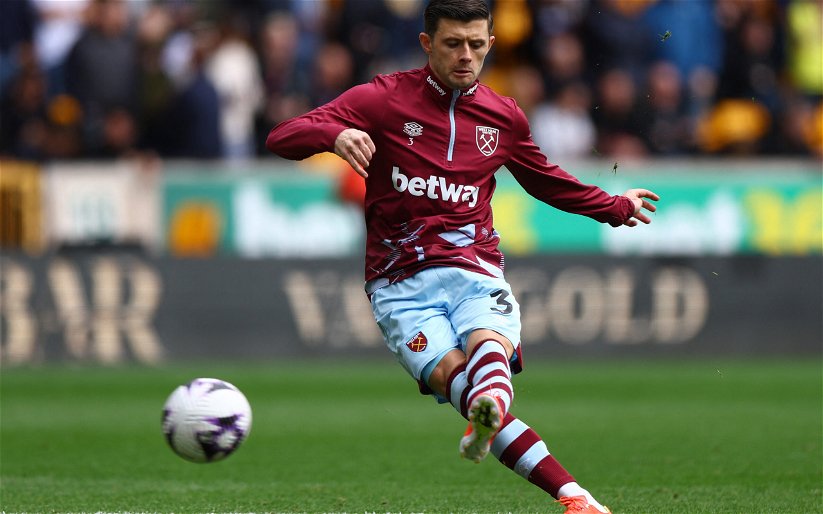Arguably one of the fiercest football rivalries that has existed in the history of the beautiful game, the rivalry between Millwall and West Ham was born unlike any other fierce footballing rivalry around. Not established and intensified by location or religion, the bad blood of Millwall and West Ham began through means of worker relations breaking down and failure to stand together firm over issues in the workplace. This place I speak of was of course the factories and docks in the industrial epicentre of East London.
It was to be Millwall the first of the teams to be born when in 1885, a group of labour workers from canned food factory JT Morton on the Isle of Dogs, decided to set up their own football team. The Hammers followed suit ten years later when a foreman at top shipbuilding firm Thames Ironworks (where the nickname Irons comes from of course) decided to set up a team in order to improve morale in the workplace. From there, the rivalry of Millwall and West Ham was born. Both teams of course eventually played each other in typically preceded fierceness and their meetings were to set the tone for future derbies. For one particular encounter, local rag the East Ham Echo commented upon seeing the two teams compete; “From the very first kick it was seen that there was likely to be some trouble.
All attempts at football were ignored.” Obviously there was indeed fierce rivalry between the two sides, however relations were further intensified and the split between the two widened with the general strike of 1926. Economic times were tough at this point and as a result, the docks took a stand. But it was the Millwall supporting dock workers who refused to observe this strike that created hostility between the two sides and dampened relations to a point of no return.
Further on in the Hammers and the Lions history, relations between the two were tested with the emergence of notorious gangster families the Krays and the Richardsons. The Krays, born and bred in the East End were dedicated Hammers fans whereas the Richardsons, from south of the river, were of course die hard Millwall fans; it was almost meant to be. Another stain on the two team’s rivalry occured in 1976 when Millwall fan Ian Pratt succumbed to a tragic death with the fan falling under a train after a fierce encounter with Hammers fan at a match between the two sides.
Not much has changed between the two sides with the recent Carling Cup horror clash in 2009 that ended in terrible violence, now with the Hammers back in the Championship again and Millwall in waiting, we must wait and see what fate the rivalry next meets. A detailed and arguably engaging history to look back on, it will forever remain one of the biggest rivalries around, but with recent social troubles on London’s streets, I’m sure many will hope it will be a peaceful rivalry as opposed to one tainted with unnecessary violence and in some terrible cases, death.



